Introduction
Asperger's Syndrome, once attributed to Hans Asperger, has undergone a shift in understanding within the medical community. Now recognized as part of the broader autism spectrum disorder (ASD), the need for non-eponymous naming reflects a desire for inclusivity and ethical integrity. This article explores the historical background and classification of Asperger's Syndrome, highlighting the evolving approach to diagnosis and the challenges individuals may face in social interaction.
It also emphasizes the unique strengths and assets of those with Asperger's, as well as the difficulties and sensory issues they may encounter. Additionally, the article delves into the differentiation between Asperger's Syndrome and other conditions, the importance of tailored treatment and intervention strategies, and the support and resources available for individuals and families. By embracing a confident, supportive, and empowering tone, this article aims to provide guidance and resources for Parent Advocates navigating the challenges of raising children with Asperger's Syndrome.
Historical Background and Classification
The once commonly used term 'Asperger's Syndrome' has recently come under scrutiny. Historically attributed to Hans Asperger, a Viennese pediatrician, the condition is now understood to be part of the broader autism spectrum disorder (ASD). Asperger's work, initially believed to be pioneering in the field of autism, has been overshadowed by his involvement with the Kinder-Euthanasie program, a dark chapter in history where thousands of children were murdered under the guise of eugenics during the Nazi era.
As a result, there is a growing consensus in the medical community to move away from eponymous labels, particularly when the namesake's ethical background is questionable or unknown. This shift towards non-eponymous naming in the field of pediatric research is driven by a desire for inclusivity and ethical integrity. The term 'autism' itself, derived from the Greek word 'autos' meaning 'self', was first utilized by Swiss psychiatrist Eugen Bleuler to describe self-absorbed thinking associated with schizophrenia.
The evolution of the understanding of autism as a unique condition began in the 1940s, but it wasn't until after Asperger's death that 'Asperger syndrome' was coined. Today, with the recognition of the diverse presentations of ASD, the medical community continues to debate and refine its approach to diagnosis, aiming for greater precision and clarity, as reflected in the current ICD-11 definitions.
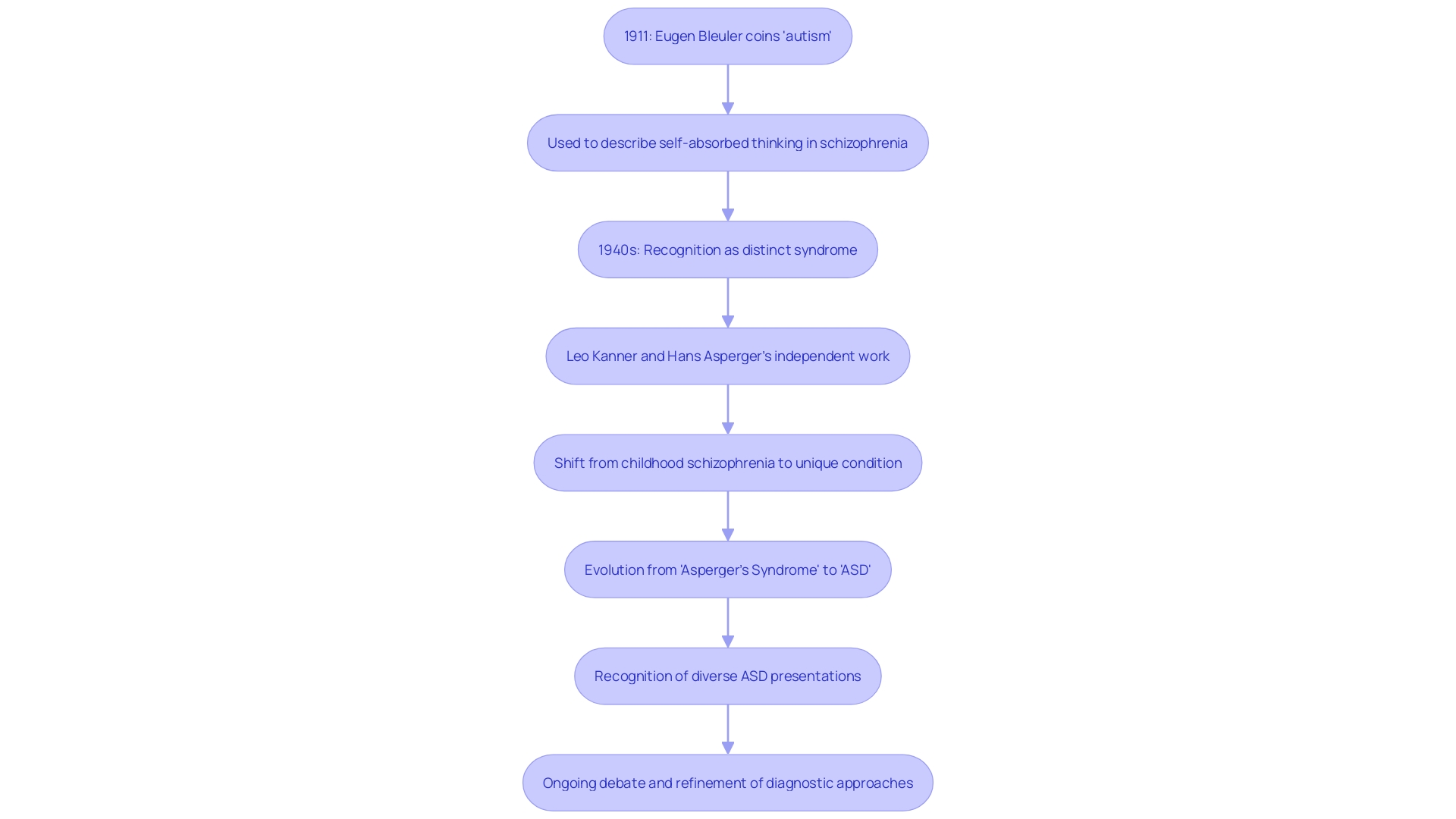
Key Symptoms of Asperger's Syndrome
Understanding the behaviors and challenges associated with Asperger's Syndrome, or high functioning autism, is crucial for creating supportive environments. Individuals may show social communication difficulties, such as not picking up on social cues or struggling to maintain eye contact. Their conversations may not flow back and forth as expected.
They also often have special interests, dedicating intense focus to specific subjects, and may adhere to strict routines. Recognizing these traits leads to better support and appreciation for the unique ways in which these individuals interact with the world around them.
Challenges in Social Interaction
Interpersonal intelligence, a concept proposed by Howard Gardner, highlights the importance of connecting with others and forming relationships. For individuals with Asperger's Syndrome, however, engaging in social interactions can be particularly challenging. They may find it hard to process social signals, interpret body language, or understand nonverbal cues like facial expressions.
Research has emphasized that autistic people, including those with Asperger's, show a distinct way of processing information about the social world, which can lead to difficulties in social communication and forming peer relationships. This often results in feelings of isolation and can contribute to mood disorders and depression in adolescents with autism.
Autistic individuals may rely on compensation strategies to navigate social situations, using their unique abilities to adapt to a world that is not tailored to their needs. Despite potential challenges, these individuals possess an extraordinary capacity to live meaningful lives and share their perspectives. It's paramount to recognize their potential and support their social learning, as studies show that autistic adults benefit from and enjoy social interaction as much as their neurotypical peers.
By fostering an environment that encourages social learning and adaptation, we can enhance the quality of life for those with Asperger's, enabling them to build relationships and engage more fully with the world around them.
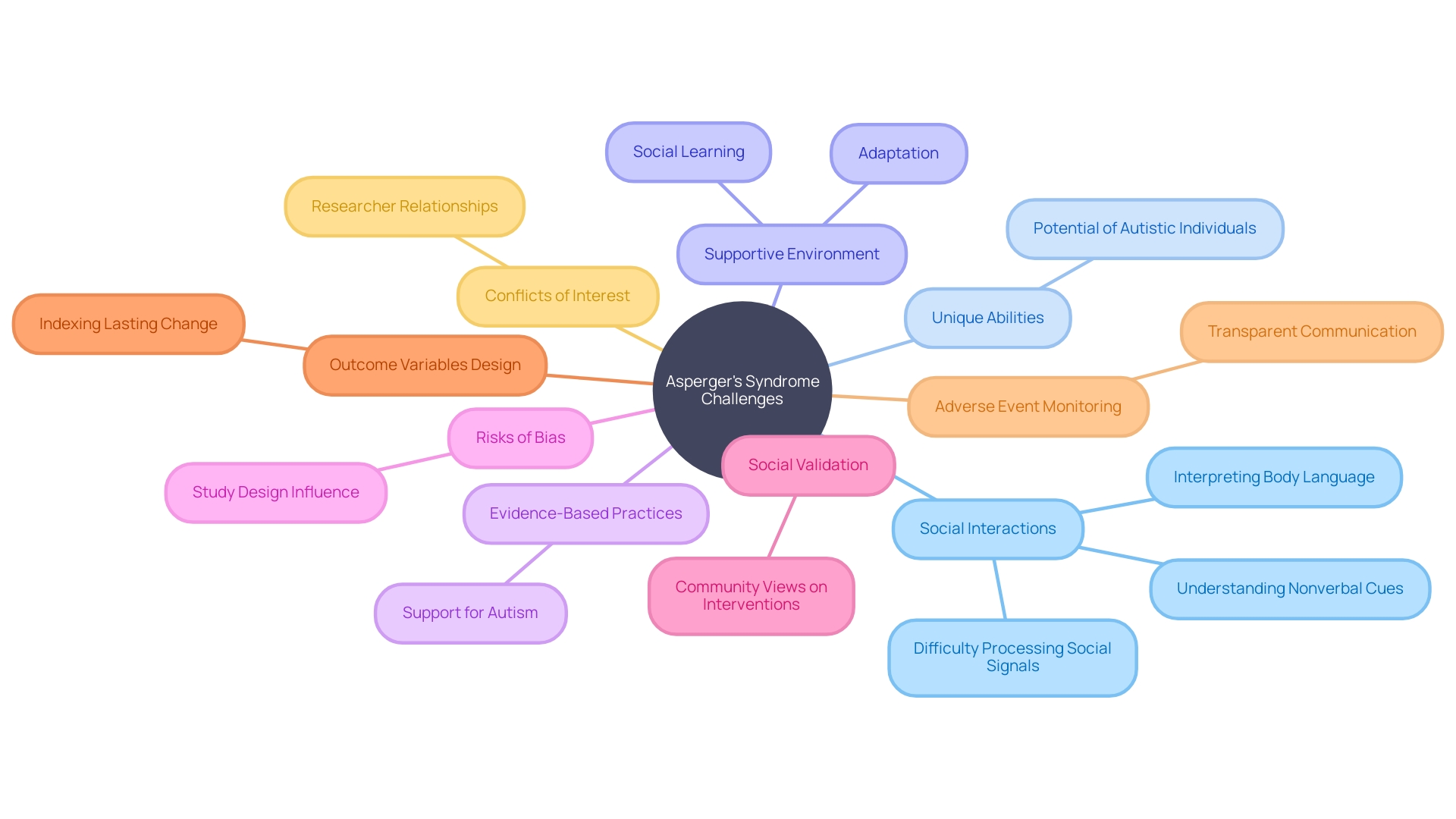
Repetitive and Restricted Patterns of Behavior
Individuals with high functioning autism, often described within the broader category of Autism Spectrum Disorder (ASD), show distinct characteristics that set them apart from others on the autism spectrum. While they may share similar challenges in social interactions and sensory sensitivities, one of the most notable aspects is their engagement in repetitive and restricted patterns of behavior, known as Restricted Repetitive Behaviors (RRBs).
These behaviors, which may include repetitive movements or actions, a strong affinity for certain topics or objects, and insistence on adhering to specific routines, serve a dual purpose. On one hand, they provide individuals with a sense of comfort and predictability in a world that can often seem chaotic and overwhelming. On the other hand, these behaviors can sometimes obstruct their participation in broader activities, impacting their daily functioning and social relationships.
Research suggests that RRBs not only have significance for neural development and voluntary motor control in children but also play a role in emotional development. However, when such behaviors persist beyond the periods during which they are developmentally appropriate, they may become maladaptive. Studies have linked elevated levels of RRBs with developmental delays, which can be seen in conditions such as autism spectrum disorders, attention deficit and hyperactivity disorder, and obsessive-compulsive disorders.
Understanding these patterns is not merely an academic exercise but a practical necessity. Dr. Theresa Hamlin from The Center for Discovery emphasizes the application of AI and machine learning to predict significant behaviors in individuals with ASD, enabling proactive intervention strategies. Such approaches aim to mitigate the impact of these behaviors on the individual and their social environment, emphasizing the importance of evidence-based practices in autism intervention research.
In essence, acknowledging the complex nature of RRBs and the individual experiences of those with high functioning autism is a step towards providing tailored support that addresses their unique challenges. As we continue to learn more about these behaviors and their implications, the ultimate goal remains to enhance the quality of life for individuals with ASD and facilitate their successful integration into society.
Unique Strengths and Assets
People with Asperger's Syndrome often bring unique perspectives and abilities to the table. They may exhibit remarkable focus on details, impressive memory retention, and an intense interest in certain topics. Such characteristics can be tremendous assets in fields that require specialized knowledge and precision, like science, technology, engineering, and mathematics (STEM).
For instance, consider the story of a 17-year-old named Lil, who was transitioning from a special school to a community-based setting. Despite the challenges posed by this change—challenges that often hit those with autism harder due to new environments and altered routines—Lil's potential to thrive in a supportive setting like Friends of St James Park was evident. This organization offers opportunities for skill development, networking, and volunteering, which could tap into the unique strengths of individuals like Lil.
The concept of neurodiversity, introduced by sociologist Judith Singer, recognizes such neurological differences as a valuable and natural variation in the human brain. While some differences may present challenges in daily activities, others bestow unique advantages that, when leveraged, can lead to exceptional achievements. The 'autism horseshoe' in neurodiversity suggests that individuals with autism can range from having significant challenges to exhibiting extraordinary abilities.
Prominent figures like Alan Turing, the father of theoretical computer science, exemplify how individuals with autism can make groundbreaking contributions. Turing's work was instrumental during World War II in deciphering German codes, and he laid the foundation for the digital age despite personal adversities.
Furthermore, Dora Raymaker, a researcher and advocate for autism rights, emphasizes the importance of understanding and supporting neurodivergent individuals in the workplace. Her efforts aim to create inclusive environments where the talents of people with autism are not only recognized but also nurtured for collective success.
As we shift towards a more inclusive society, it's crucial to celebrate the strengths and potential of individuals with Asperger's Syndrome. By recognizing and fostering their unique abilities, we empower them to make significant contributions to our world.
Difficulties and Sensory Issues
Asperger's Syndrome, part of the autism spectrum, encompasses a range of neurodevelopmental traits that can significantly influence sensory experiences. Individuals with Asperger's often grapple with sensory processing challenges, which may manifest as hypersensitivity or hyposensitivity to environmental stimuli such as lights, sounds, or textures. This can lead to a heightened state of sensory overload, disrupting their participation in daily routines and activities.
Autism spectrum disorder (ASD) is characterized by diverse behavioral and communicative attributes that persist throughout an individual's life. Sensory processing difficulties are among the most prevalent symptoms, where the person may respond excessively or inadequately to sensory inputs. Such sensitivities can encompass a variety of sensations, including visual, auditory, gustatory, olfactory, as well as proprioceptive and vestibular inputs.
The internal perception of one's body cues and sensations can also be affected.
Understanding the nuanced sensory world of those with Asperger's is crucial. For instance, environments that seem ordinary to most can be overwhelming for someone with sensory sensitivities, leading to a state known as 'Defense Mode.' This state is akin to being on high alert, where benign social cues may be misinterpreted as threats, making the world seem hostile.
Dr. Aspell notes that behavioral differences commonly associated with autism, such as challenges in conceptualizing emotions, might be more closely linked to difficulties like alexithymia rather than autism itself, highlighting the complexity of sensory processing issues.
Recent research underscores the importance of recognizing that not only the brain but also the peripheral sensory neurons play a role in ASD. Surprising findings from studies on mice have revealed that mutations in autism risk genes affecting only the peripheral neurons can lead to tactile overreactivity, which in turn can disrupt social behaviors and induce anxiety-like behaviors.
For those with Asperger's, the world can feel like an overwhelming place, but with the right understanding and accommodations, their unique perspectives and ways of existing can be acknowledged and appreciated. As one advocate passionately expresses, individuals with Asperger's are 'not a burden' but are 'beautiful beyond vision' and capable of leading fulfilling lives. It's vital to create environments that recognize and adapt to the sensory needs of those on the autism spectrum, enabling them to thrive.
Diagnosis of Asperger's Syndrome
Navigating the process of understanding Asperger's Syndrome, now recognized as part of the broader category of Autism Spectrum Disorder (ASD), can be multifaceted. While some individuals seek a formal diagnosis to access tailored support and interventions, the neurodivergent community also embraces self-identification due to the complex nature of medical evaluations that often yield inconclusive results. For those who choose to pursue a diagnosis, assessments by healthcare professionals typically involve in-depth interviews, behavioral observations, and standardized testing to gain insights into the individual's social interactions and development.
Acknowledging the spectrum nature of autism is essential; it varies greatly in its presentation, affecting communication, social skills, and behavior to differing extents. The label of high functioning autism, though not an official medical diagnosis, is sometimes used to describe individuals with milder symptoms and higher cognitive abilities. Nevertheless, challenges in social interaction and sensory sensitivities persist.
The ongoing conversation in the medical community, including the shift away from eponymous names to more descriptive terms, underscores the evolving understanding of ASD and the importance of ethical considerations. This reflects a commitment to inclusivity and the recognition of the diverse experiences of those with ASD.
Differentiating Asperger's from Other Conditions
Understanding the nuances between Asperger's Syndrome and other similar conditions, like autism spectrum disorder (ASD) or social anxiety disorder, is crucial for providing appropriate support and intervention. While these conditions share certain symptoms, such as challenges with social skills and communication, each presents a unique profile and diagnostic criteria. For instance, ASD is characterized by a wide range of symptoms and levels of severity, impacting individuals in diverse ways throughout their lives.
On the other hand, social anxiety disorder primarily relates to overwhelming fear and avoidance of social situations.
The differentiation process is complex and necessitates comprehensive evaluation by professionals. Due to the ethical implications and historical concerns associated with the use of eponymous names like Asperger's Syndrome, there is a shift towards using non-eponymous, descriptive terms. This approach not only respects the diversity of the spectrum but also avoids the ethical ambiguity of honoring individuals whose past actions, such as those of Dr. Hans Asperger during the Nazi era, are controversial.
The goal is to provide clarity and avoid perpetuating historical injustices, ensuring that each individual receives a diagnosis that accurately reflects their experiences and guides their personalized support plan.
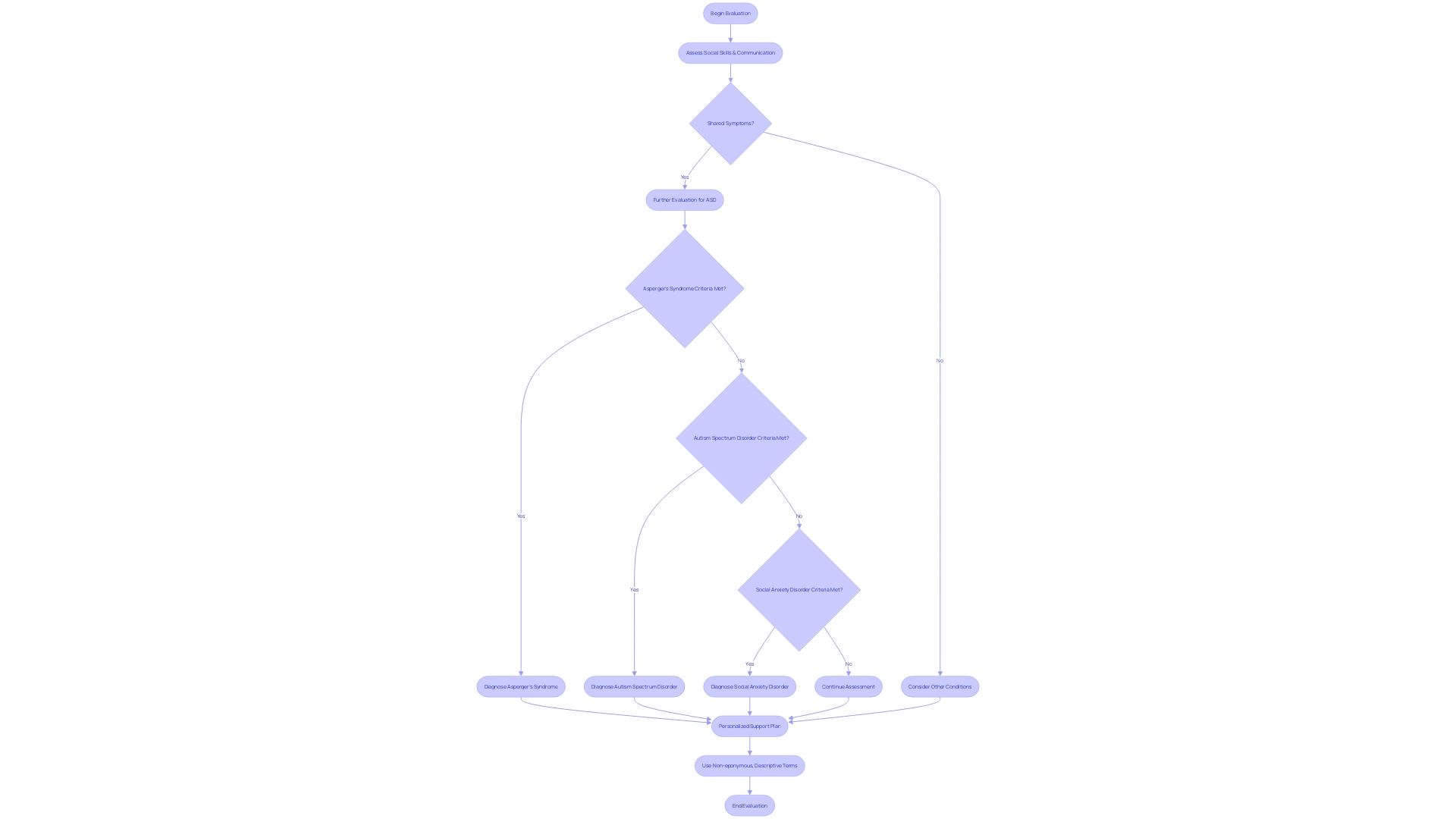
Treatment and Intervention Strategies
While Asperger's Syndrome, part of the broader category known as autism spectrum disorder (ASD), is a lifelong condition, embracing a multidimensional approach to interventions can significantly enhance the lives of those affected. Tailored to the individual's distinctive needs, interventions like social skills training, cognitive-behavioral therapy, speech and language therapy, and occupational therapy are not one-size-fits-all; they are most effective when they leverage a person's unique strengths and mitigate their specific challenges.
Emphasizing this personalized approach aligns with the perspective of Pediatric Research, which opts for non-eponymous names for conditions, reflecting the unique neurodevelopmental profile of each individual with ASD. This broad range of conditions, affecting behavior, social skills, and communication, necessitates support strategies that are as diverse and dynamic as the individuals themselves.
The principles of neurodiversity-affirming practice further reinforce this personalized care, viewing autism as a natural variation of the human brain and advocating for accommodating environments. The movement doesn't ignore the struggles but emphasizes the importance of services and support that cater to individual needs.
Supporting research shows that behavioral interventions can improve caregiver perception of challenging behavior and enhance the child's social-emotional functioning. Developmental interventions, particularly those focusing on social communication, have been shown to yield benefits, according to randomized controlled trials. However, it's essential to monitor these interventions to ensure they're not only effective but also safe.
As we strive for equity and support for all children, including those with ASD, we are reminded of the words of Dr. David (Dan) R. Offord, who envisioned a society where every child, regardless of their abilities, could fairly participate in the key domains of life. The goal is to foster a well-supported environment for children and youth with disabilities, ensuring their mental health and overall well-being, by providing the necessary resources to caregivers and embracing the assets these young individuals bring to their communities.
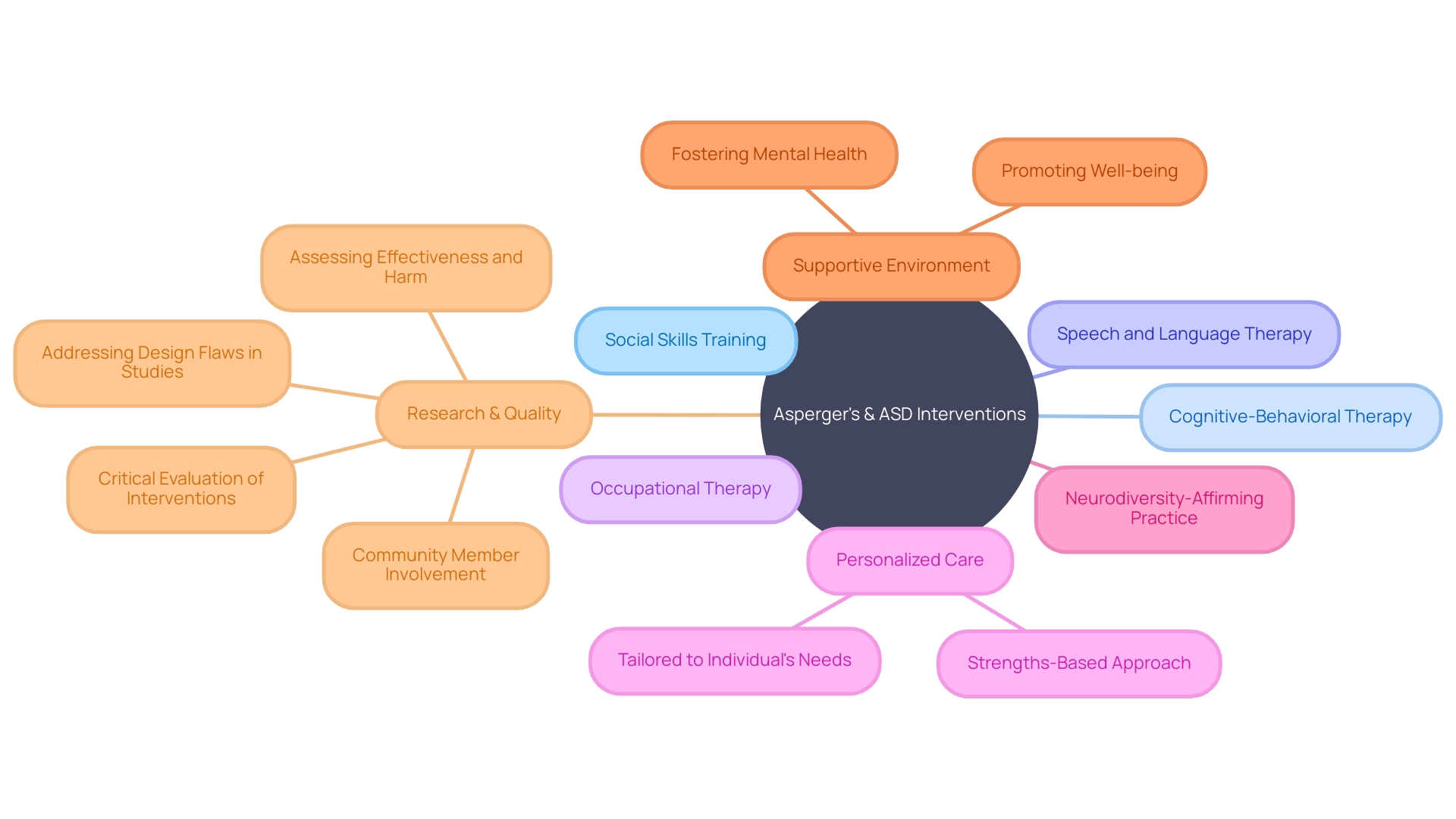
Support and Resources for Individuals and Families
As we delve into the complexities of Asperger's Syndrome, it's essential to highlight the importance of access to supportive networks and resources for those affected and their families. The journey doesn't end with diagnosis; it's a continuous path of learning, adapting, and connecting. Support groups and online communities serve as lighthouses, offering the latest information and a place of solace where experiences are shared and understood.
The recent CDC reports, revealing a prevalence of 1 in 36 children diagnosed with autism, underscore the urgency for such resources.
Gregory Wallace, Ph.D., points out the scarcity of research on autistic adults, especially as they progress into middle and older age. This gap signifies the need for ongoing education and advocacy, as new discoveries and treatments emerge. Parents and caregivers must be vigilant researchers themselves, critically evaluating every piece of information and treatment option for their loved one's well-being.
This mission for knowledge and support is exemplified by advocates like Kate Swenson, who not only navigates her family's journey through autism but also leads support groups that discuss the multifaceted challenges families face. Organizations are stepping up, with the U.S. Department of Health and Human Services expanding Medicaid coverage for services like occupational and speech therapies, acknowledging the disparities in service accessibility.
Whether it's joining virtual support groups, attending webinars on neurodiversity-affirming practices in schools, or participating in presentations by seasoned advocates, the resources available are vital. They are not just about coping but thriving, ensuring that individuals with Asperger's and their families live full, supported lives.
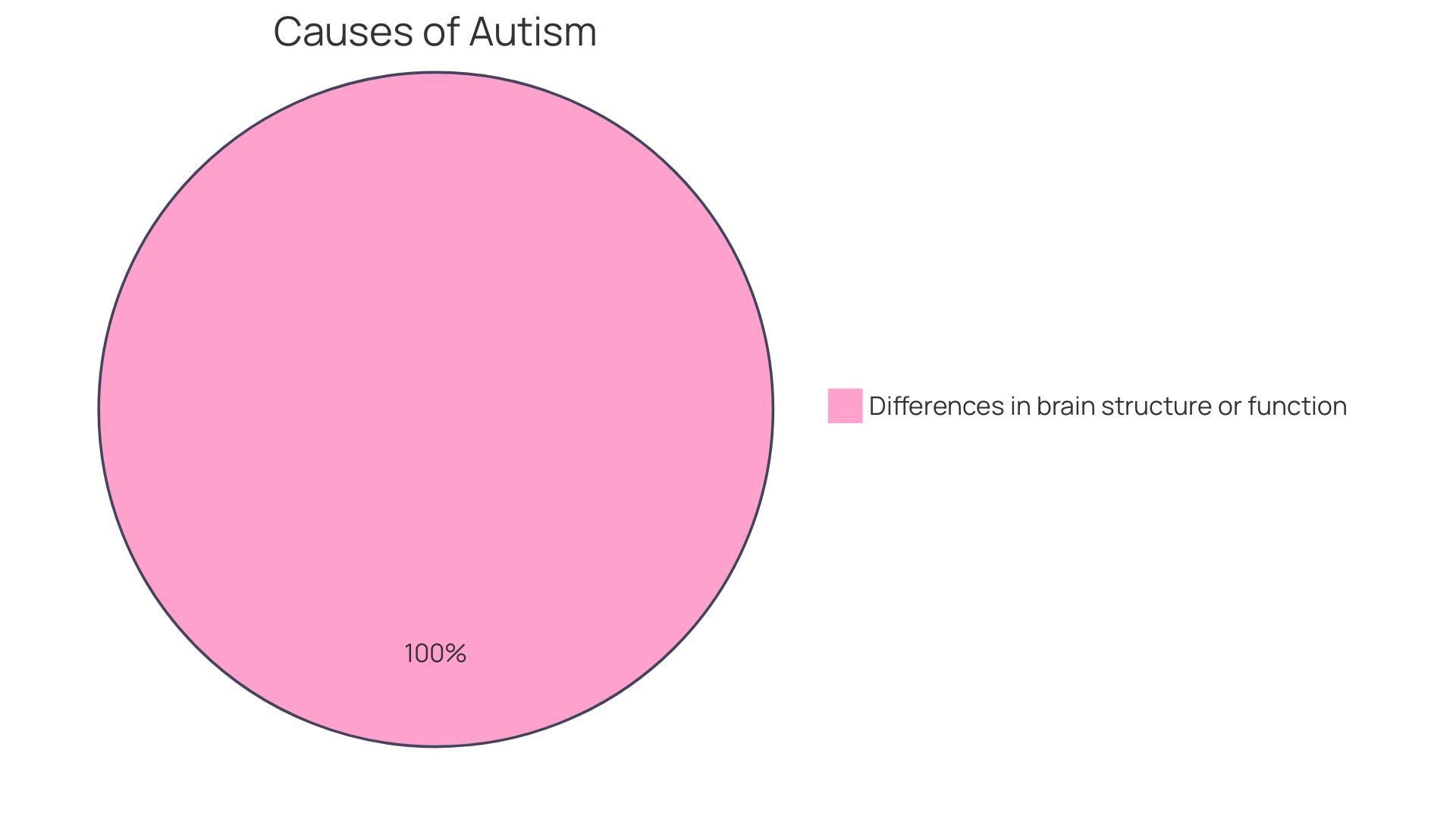
Conclusion
In conclusion, the classification of Asperger's Syndrome has shifted within the medical community, now recognized as part of the broader autism spectrum disorder (ASD) for inclusivity and ethical integrity. Individuals with Asperger's face challenges in social interaction and sensory processing, but they also possess unique strengths and assets. Tailored support and intervention strategies, such as social skills training and occupational therapy, can enhance their lives and leverage their strengths.
It is crucial to create environments that recognize and adapt to their sensory needs. Access to supportive networks and resources, such as support groups and online communities, provides valuable information and a sense of belonging. Ongoing education, research, and advocacy are needed to address the needs of individuals with Asperger's and their families.
By embracing a multidimensional approach and providing personalized support, we empower individuals with Asperger's to navigate challenges and ensure their well-being.




